PowerPoint slides
advertisement
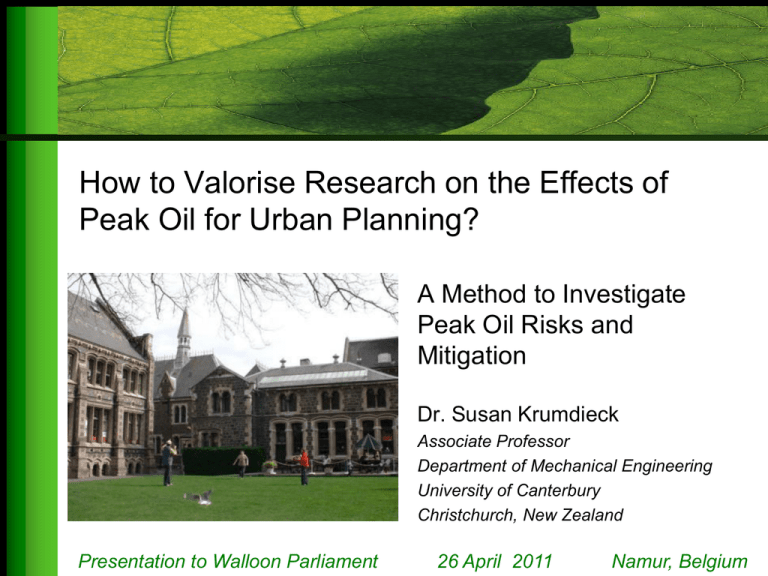
How to Valorise Research on the Effects of Peak Oil for Urban Planning? A Method to Investigate Peak Oil Risks and Mitigation Dr. Susan Krumdieck Associate Professor Department of Mechanical Engineering University of Canterbury Christchurch, New Zealand Presentation to Walloon Parliament 26 April 2011 Namur, Belgium Peak Oil Issue Even if you believed it was an issue, what would you do about it? Research Developments 2000-2011 • Peak Oil as a Planning Issue • Transition Engineering for Mitigation Risk Assessment and Mitigation • • • • • Risk Assessment: Probability and Impact Adaptive Capacity Resilience Re-Development Strategic Development Planning New Zealand Herald Peak Oil: Understanding the Issue • Not really a question of if • Probability (Campbell, 2004) Peak Oil: Probability Meta Analysis of Petroleum Geology and Supply Experts Expert Assessments of Peak Oil Year Number r y 2006)! r y 2006 P(y) N 1 (y 2006)!(r 1)! Expert predictions of Supply Decline Rate 2005 2010 2015 2020 2030 1.4% 2.0% 2.4% 4.0% 4.8% 6.7% Peak Oil Issue: Probability Meta Analysis of petroleum geology experts 40 Supply probability Raleigh Distribution Monte-Carlo Simulation Oil Production (Billion Barrels per year) 35 3% 30 15% 25 50% 50% Reduction by 2050 20 85% 15 97% Historic 10 51960 1970 1980 1990 Projected 2000 2010 Year 2020 2030 2040 2050 (Krumdieck, Page, Dantas, 2010) Long Range Fuel Supply Probability Probability associated with scenarios of oil supply issues. Probability Scenario World Oil Production (mbpd)* 2020 2030 2040 2050 Unexpected Problems 54 38 27 19 No New Giant Oil Fields 60 45 38 26 Most Experts Agree 71 57 44 37 Discovery of Giant Fields 85 68 58 48 * For reference: 2008 averagedaily world oil productionwas 85 m bpd Peak Oil: Impact • Behaviour and Access to Activities • Assets and Infrastructure Investments Current Energy Use For Current Travel Demand Change in Oil Supply Future Energy Use For Future Travel Demand Oil Supply Decline Impact Study of Adaptation University of Canterbury, Christchurch Students $13,500 pa Staff $66,000 pa Local Adaptive Capacity Travel Behaviour Adaptation (% VKT) • Travel Adaptive Capacity Assessment Survey (TACA Survey) T ravel A daptive Capacity Pressure f or Change of Travel Behaviour (Price increase or other factor) Travel Behaviour Trips per week per 100 persons 800 Skateboard Bicycle Walking Bus Vehicle (passenger) Vehicle (driver) 700 600 500 400 Students 5.6 litres/wk 34.7 km/wk 300 200 100 0 0-1 1-2 2-3 3-4 4-6 6-8 8-10 10-15 15-20 > 20 Distance Traveled 800 700 Staff 17.6 litres/wk 60.7 km/wk 600 500 400 300 200 100 0 0-1 1-2 2-3 3-4 4-6 6-8 8-10 10-15 15-20 > 20 Transport Energy E TD m, d ECm, d DBd m d Adaptation in Travel Demand Do you have an alternative? Normal Alternatives Car use reduction 400 Other (e.g. taxi) 350 Electric bike Rollerblades/skates 250 Bicycle 200 Walking 150 Bus or Park n ride (bus) 100 Vehicle (passenger) 50 Vehicle (driver) 20 > 0 -2 -1 5 15 Trip Distance (km) 10 -1 0 8 -8 6 -6 4 -4 3 -3 2 -2 1 -1 0 0 Trip Frequency 300 Travel Behaviour Adaptive Capacity Christchurch Energy Reduction Public Transport Adaptive Potential Christchurch Bus Routes Bus Potential Council Urban Plan 2041 Christchurch Densification 45% higher fuel demand than 2006 Christchurch Sprawl 95% higher fuel demand than 2006 Risk to Essential Transport Activities RECATS Method 40 Supply probability Oil Production (Billion Barrels per year) 35 Travel Activity 3% 30 15% 25 50% 20 Calculate Energy Consumption 85% 15 97% Historic 10 51960 1970 1980 1990 2000 Projected 2010 2020 2030 2040 2050 Year for Dunedin Travel Demand Pattern Energy Constraint 25% E1 E2 E2< E1? No Modify Travel Activity W a lk 15% Bik e Bus Ve hicle P a s se nge r 10% Ve hicle Drive r 5% Yes Constrained Travel Activity Calculate Risk 0 >2 0 -2 15 5 10 -1 10 8 Trip Distance [km] 8- 4 3- 6 3 2- 6- 2 1- 4- 1 0% 0- Percentage of Trips 20% T m, d, s IW s m d s Re Pe 1 m, d, s IW s N ms N ds N tc D m, d, s IW s T m d s m d s (Dantas et al, 2008) Risk to Essential Activities Canterbury Regional Fuel Use 95% Energy Increase 600 Greater Christchurch Fuel consumption UDS Concentrated UDS Dispersal 500 400 45% Increase 300 200 100 1990 2000 2010 2020 2030 2040 2050 Mitigation and Planning • Urban Form Developments • • • • Urban Villages and Free Markets Public Transport Densification Bike Infrastructure • Technologies • Vehicles and Fuels • Behaviours • Residential Location • Mode Choice Strategic Analysis: Opportunities Strategic Analysis to 2050 Urban Form Adaptations Dense City Active Infrastructure Centre Integrated Current Urban Urban Villages Form Fuel, Vehicle, Behaviour Adaptations 100km Bikeways 3 L/100km Fleet Efficiency 50% Biofuels Synfuels 50% Electric Vehicles 50 km of Electric Trolleys Low Carbon Lifestyle Possible Possible No No No No Possible Yes Possible Yes Possible No Unlikely No Unlikely golf carts only Possible No Unlikely Personal Travel in Dunedin • Technical Feasibility • Resource Availability • Economic Viability • Social • Environment • Asset Value Yes Possible • Future Risk Thank you for your attention Engineering Research to Investigate and Mitigate Peak Oil Risks Dr. Susan Krumdieck Presentation to Walloon Parliament 26 April 2011 Namur, Belgium
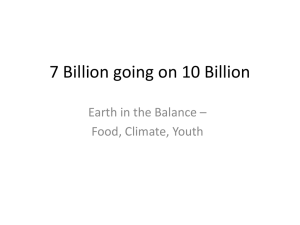
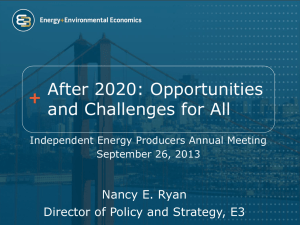
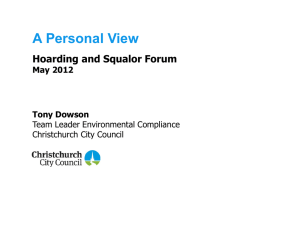

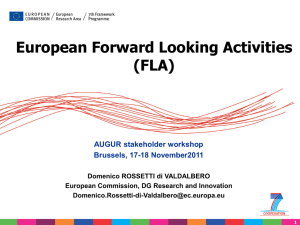

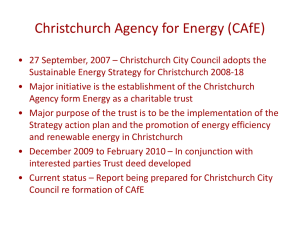
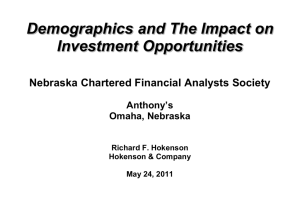
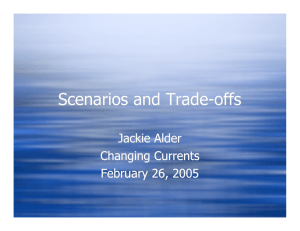
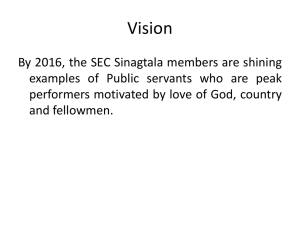
![You can the presentation here [Powerpoint, 1.01MB]](http://s2.studylib.net/store/data/005417570_1-0810139cfc2485ebcaf952e0ae8bb49a-300x300.png)
